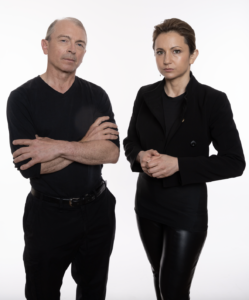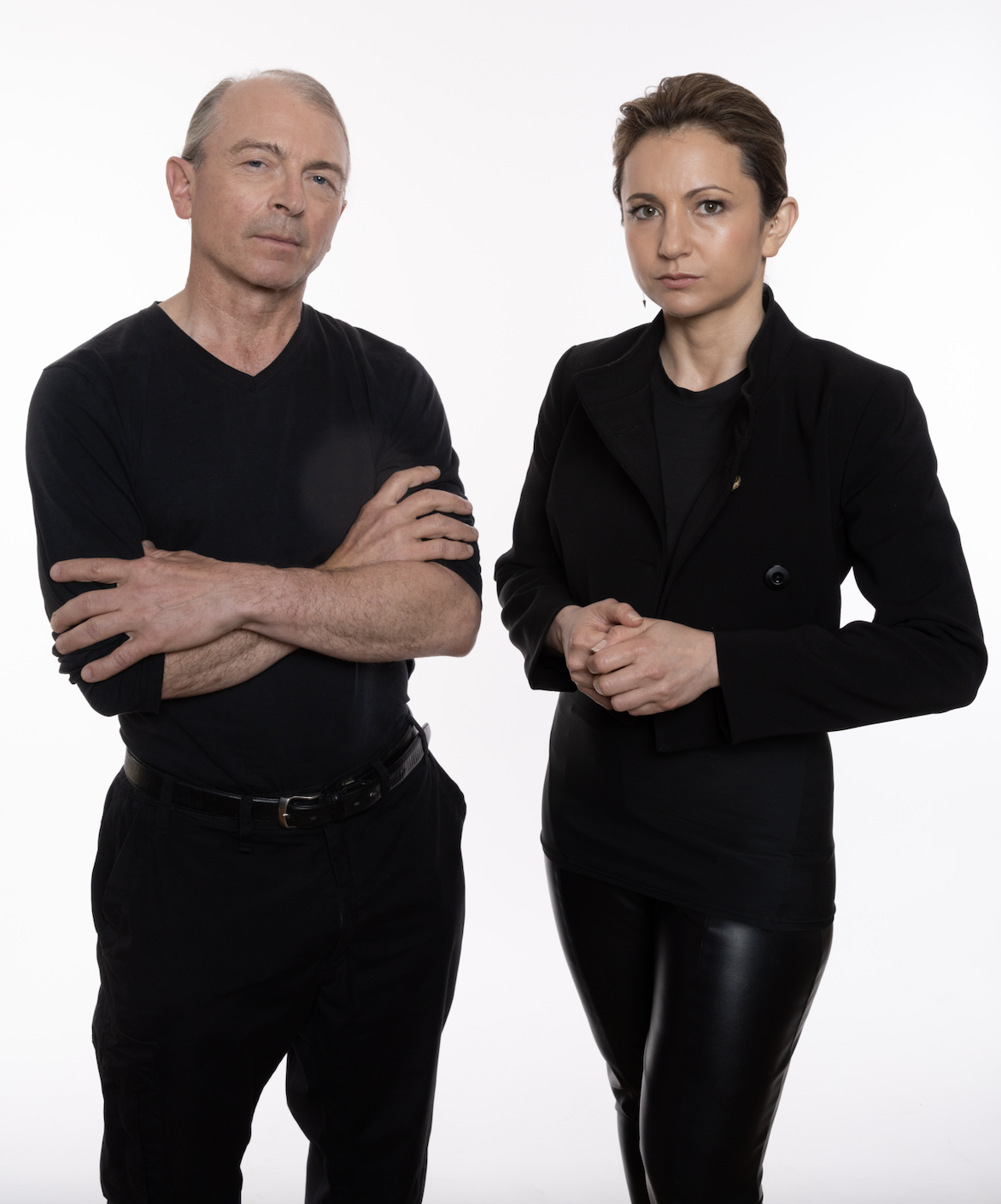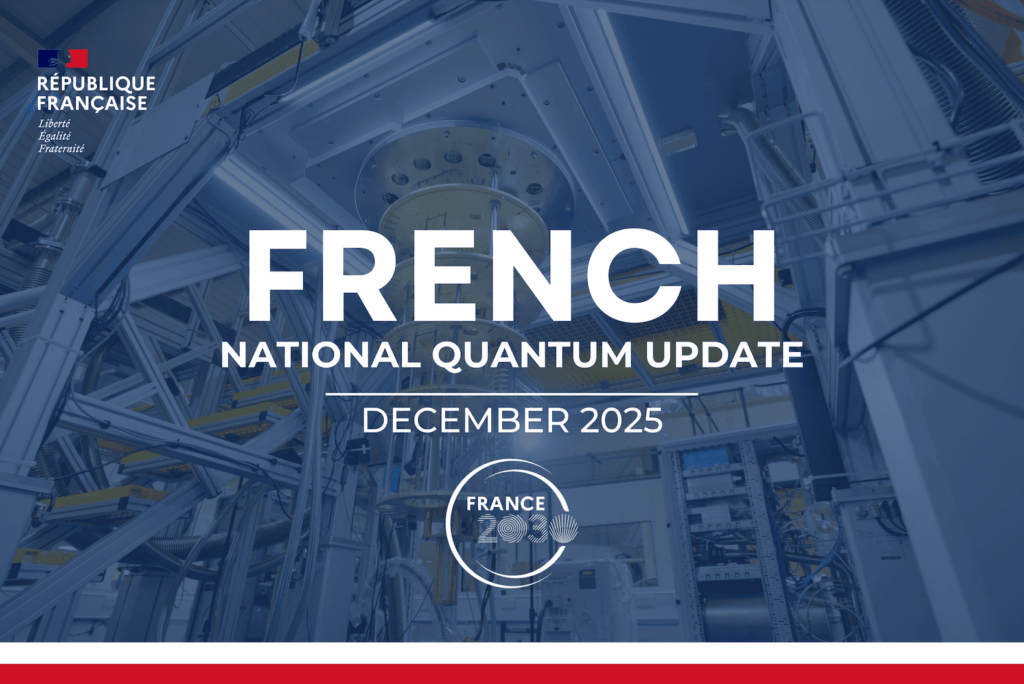
Prof. Seth Lloyd and Dr. Michele Reilly worked out that by combining techniques from AI with methods of quantum control, near term quantum computers could become the go-to method for solving a variety of societally important problems, including safe autonomous vehicle navigation, machine learning, optimization of chemical and electro-chemical reactions , epidemiology, climate science, and more. From that point on, they put their heads together about how to concretely make sure that today’s Fortune 500 companies can bridge the gap from where their machines are today, to where they actually need to be – that is, to run useful algorithms that change our world as profoundly as digital computers did a generation ago. The end result is Turing, the core technology of which Prof. Lloyd and Dr. Reilly have been working on for just over a year.
By solving `societally useful’ problems, they mean that a quantum computer will solve a problem of broad importance to society that can’t be solved with today’s digital computers, and that quantum computers will then be the way such problems are solved moving forward. The set of such societally useful – and economically significant – problems is large, and ranges from macro scale (for example, analyzing changes in upper atmospheric and oceanic circulation related to climate change ) down to the atomic scale (optimizing the Haber-Bosch process used to synthesize fertilizers).
The proof of principle of Turing’s core product is to actually perform for the first time a commercially important application on near-term quantum hardware – it’s what everyone agrees the field needs right now. This is very much the focus of their development efforts.
One of the primary inspirations for Turing was the realization that co-training classical and quantum AIs solves the problem of loading large amounts of data onto quantum computers, thereby leading them to believe that quantum machine learning is one of the areas in which quantum computers could have the highest positive societal impact today.

This work has led naturally to Prof. Lloyd and Dr. Reilly founding Turing to put some of these ideas into practice. They believe we’ve reached a turning point. Quantum computing hardware has emerged from the laboratory and is destined to be available commercially. But quantum software hasn’t. It’s time to bridge that gap.
Dr. Reilly was coming from the AI community and artificial general intelligence risk community in 2012, and she didn’t quite believe the hyperbolic nature of those risk arguments about the timelines for this existential risk. She thought, for such dramatic discount rates, [say 5 years until supposed disaster] over one’s notion of risk coming from AGI, society would need a technical paradigm shift—bigger than improvements to software and mathematical insights in machine learning. To her mind one such paradigm was the nascent field of quantum technology. She began to see what she was doing as a bet on hardware for AI progress.
Prof. Lloyd and Dr. Reilly began discussing both human memory and quantum memories, in particular, quantum random access memory. They think we will need qRAM to efficiently build large-scale fault tolerant quantum computers that run quantum algorithms in practice. In other words, you need to be able to: 1. store entanglement, while, 2. making more of it. These two things are an essential feature to scale quantum machines in an industrial fashion. It’s not enough to know your device is a universal system in principle, just like vacuum tubes and electromechanical switches were in the 1940s.
Today there’s no company they know of — whether it is Google, Microsoft, Amazon or IBM — who has these two features implemented in what they are calling quantum computers. Dr. Reilly has worked on quantum random access memory designs with these two features since 2014. She did so by extending Prof. Lloyd’s early work on quantum RAM. That is how they started to work together on Turing.
In conjunction with Turing, Prof. Lloyd and Dr. Reilly have started gatherings for communities of preeminent thinkers, a non-profit called Second Foundation, which investigates amongst other issues, the ethics of combined quantum and traditional AI.
Prof. Seth Lloyd is a co-founder of Turing and professor of Mechanical Engineering at MIT. He designed the first technologically feasible quantum computer and created the first quantum algorithms for a variety of applications, including quantum simulation, finding ground states of molecules, and solving linear systems of equations. He is a co-inventor of quantum random access memory, and a pioneer in quantum machine learning.
Dr. Michele Reilly is a co-founder of Turing and an inventor and pioneer in quantum random access memory and distributed systems of entanglement in particular. She significantly extended some of Prof. Lloyd’s qRAM proposals from 2008. She owns the patents in the United States and Europe on a truly distributed network of movable qRAM.
Turing is an AI software company that combines techniques of traditional and quantum machine learning to develop novel, practical and societally useful applications for quantum computers.
Read more:
- How to Invest in Quantum Computing & 24 Stocks to Invest in 2022
- 20 of the World’s Top Quantum Investors in 2022
- 13 Quantum Computing Companies Working With Superconducting Technology
If you found this article to be informative, you can explore more current quantum news here, exclusives, interviews, and podcasts.

















